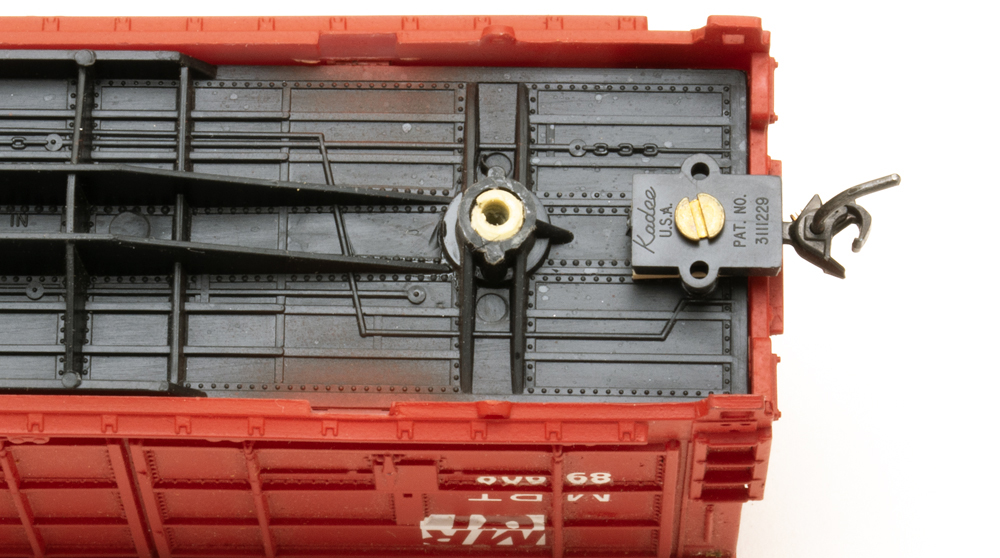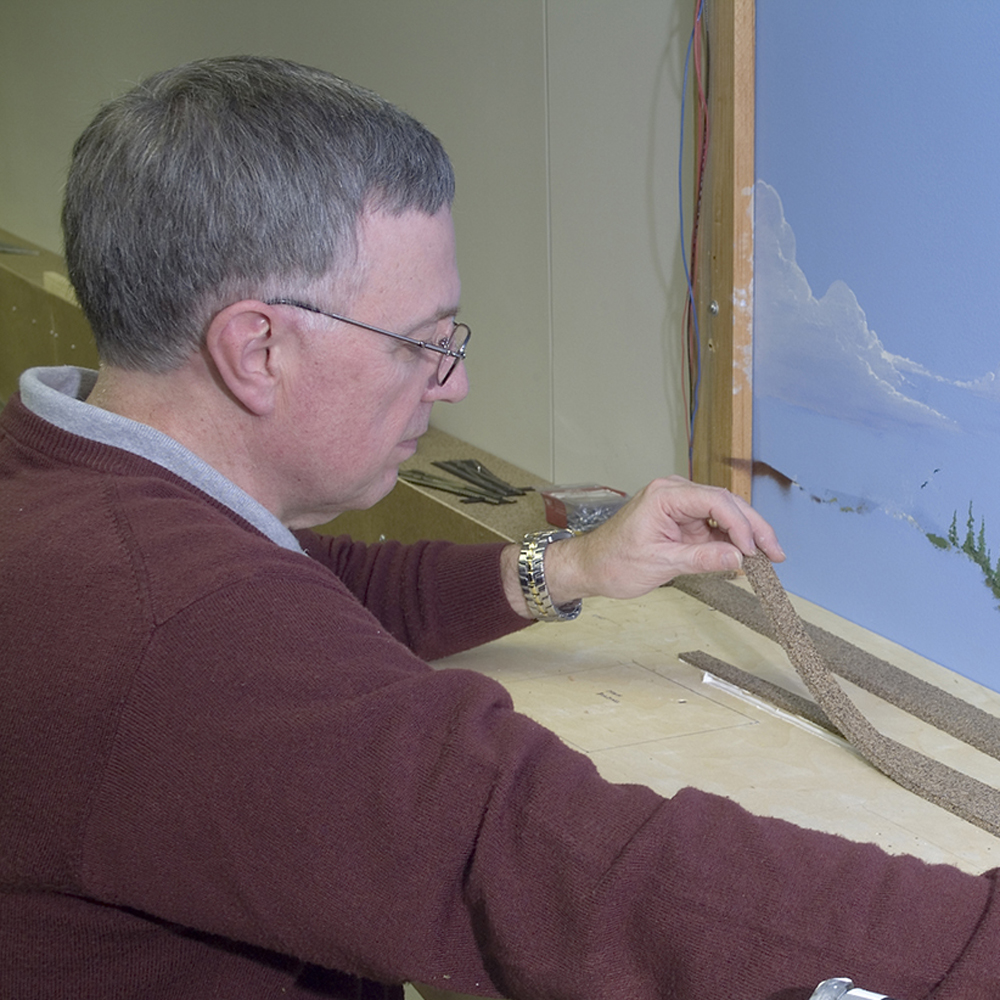
Q: I keep seeing references to “team tracks” on track plans. What are team tracks, what are they for, and how can they be incorporated into operations? — Damien Bouchey
A: The idea of the team track probably dates back to not long after the invention of the railroad. After all, a team track is literally nothing — a track alongside an empty space. A team track is where the railroad spots freight cars consigned to an industry that doesn’t have a railroad spur of its own. The consignee would then send trucks, or earlier, horse-drawn wagons to unload the freight into. The name “team track” derives from the teams of horses that used to pull those wagons.
A team track can be as simple as a section of track next to an empty lot, either paved or gravel, or it could include fixtures like the freight ramp seen above, which Tom Klimoski built for his HO scale Georgia Northeastern layout (see our November 2020 issue). Team tracks that frequently receive bulk cargos might be equipped with equipment to aid unloading, such as movable conveyors for coal or gravel, air blowers for unloading pressure-differential covered hoppers, or pumps for liquids such as fuel oil.
Team tracks can be anywhere that’s convenient for unloading — a designated siding in a yard or at a freight house, a repurposed spur that used to serve a now-shuttered industry, or an otherwise unused stretch of track leading to an active industry. This latter option can complicate delivering or picking up cars at that industry, but complications are realistic and make the local switch job more fun.
Operationally, team tracks are what we call “universal industries,” in that they can conceivably receive almost any cargo, depending on what unmodeled industries you decide are nearby on your layout. Modelers like including them because they provide a justification for adding different types of cars to the layout. If you use a scheme like car cards and waybills to route your freight cars, invent a few off-layout industries and print up waybills dispatching cars meant for them to the team track. Some candidates and the cars they would receive might be an oil dealer (tank cars), a lumber yard (conventional or center-beam flatcars), an appliance dealer (boxcars), and a coal dealer (hoppers). Each would receive only one or two cars a week, which would explain why those industries don’t rate spurs of their own.
Send us your questions
Have a question about modeling, operation, or prototype railroads? Send it to us at AskTrains@Trains.com. Be sure to put “Ask MR” in the subject.













